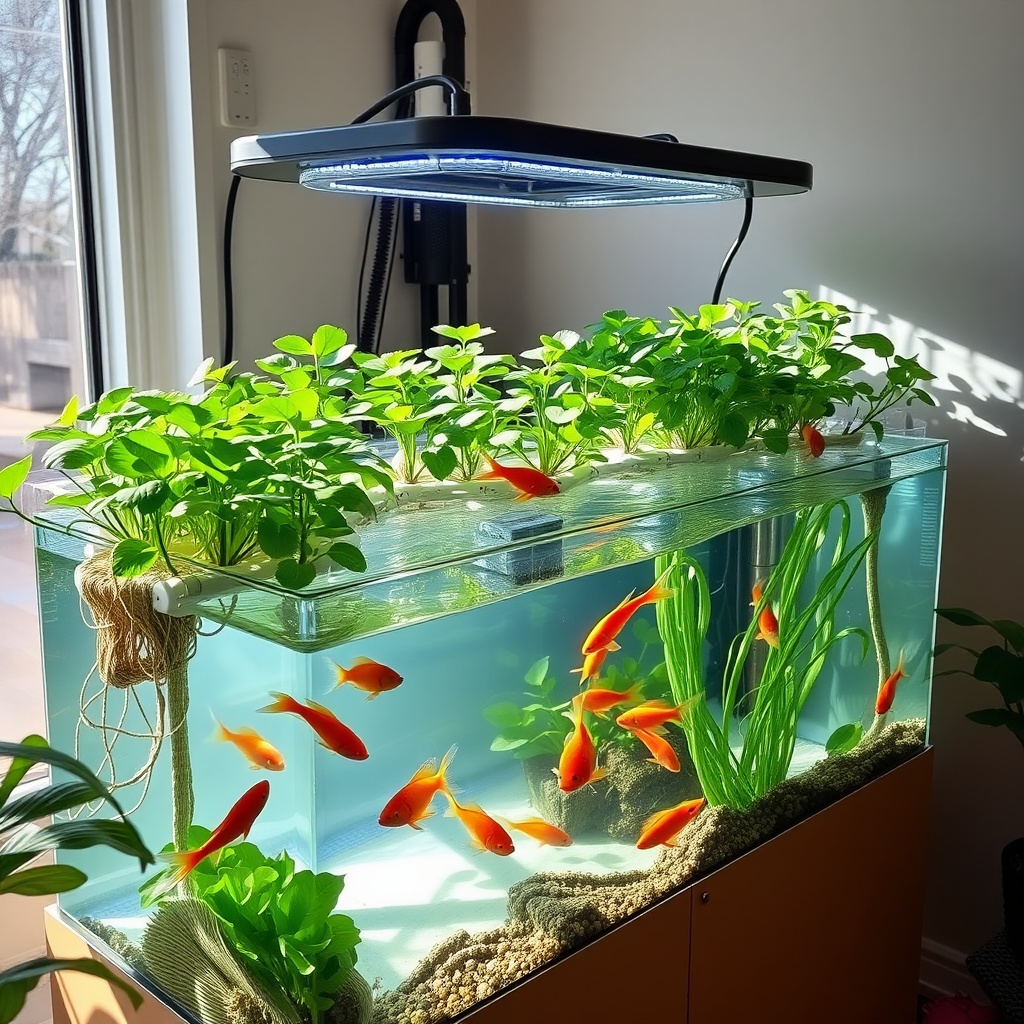The Synergy of Soil-less Farming

Aquaponics is not just a farming method; it’s a revolutionary approach that merges aquaculture and hydroponics. Imagine cultivating lush, vibrant plants while simultaneously raising fish! This method creates a self-sustaining ecosystem where both plants and fish thrive, leading to a more efficient use of resources. By harnessing the natural relationship between these two systems, aquaponics offers a sustainable solution to food production, minimizing waste and maximizing yield.
What You Need to Get Started

Embarking on an aquaponics journey may seem daunting, but with the right components and knowledge, anyone can create their own thriving ecosystem. Below is a list of essential elements you will need to set up your aquaponic system:
- Fish Tank: A suitable size to house your fish species.
- Grow Bed: A medium for your plants to grow, typically filled with gravel or clay pellets.
- Pumps: To circulate water between the fish tank and grow beds.
- Filtration System: To maintain water quality and remove waste.
- Water Testing Kits: To monitor pH, ammonia, and nitrate levels.
- Fish Species: Choose those that thrive in aquaponic conditions – tilapia, catfish, or perch are popular options.
Benefits of an Aquaponic System
The advantages of integrating fish into your hydroponic system are manifold. Not only does it provide a continuous source of nutrients for your plants, but it also reduces the need for synthetic fertilizers, promoting organic growth. Furthermore, aquaponics uses significantly less water than traditional farming methods, making it an eco-friendly choice. As you nurture both plants and fish, you’ll feel a rewarding sense of accomplishment, knowing you’re contributing to sustainable agriculture and food security.




